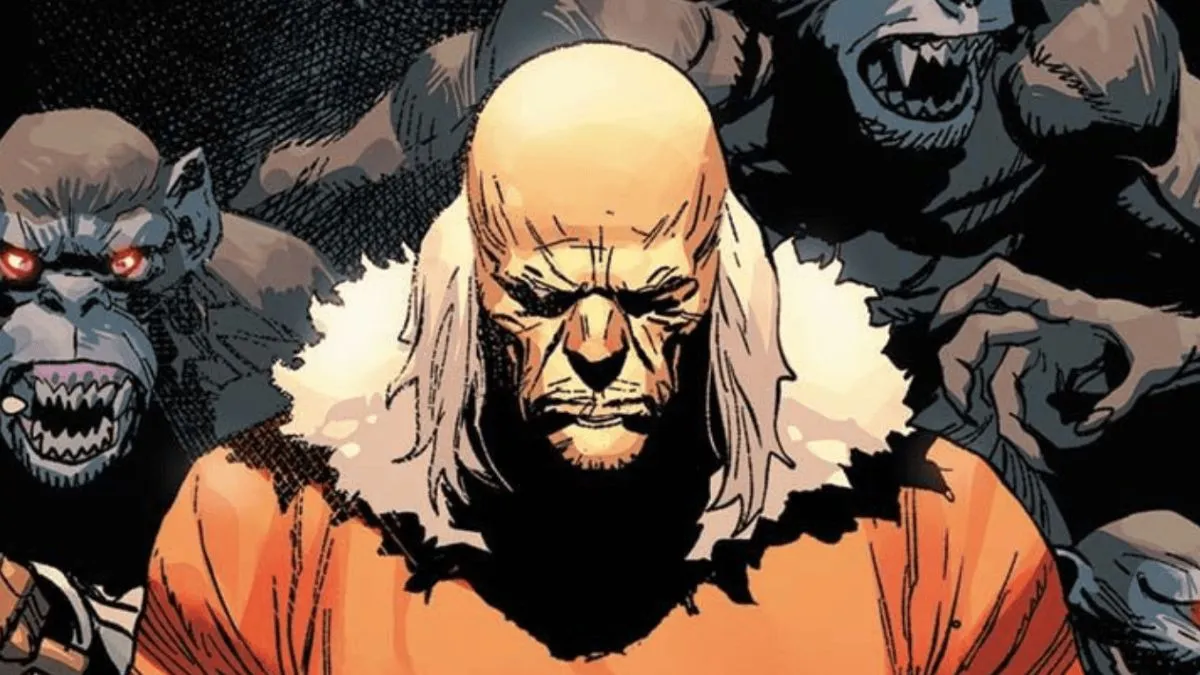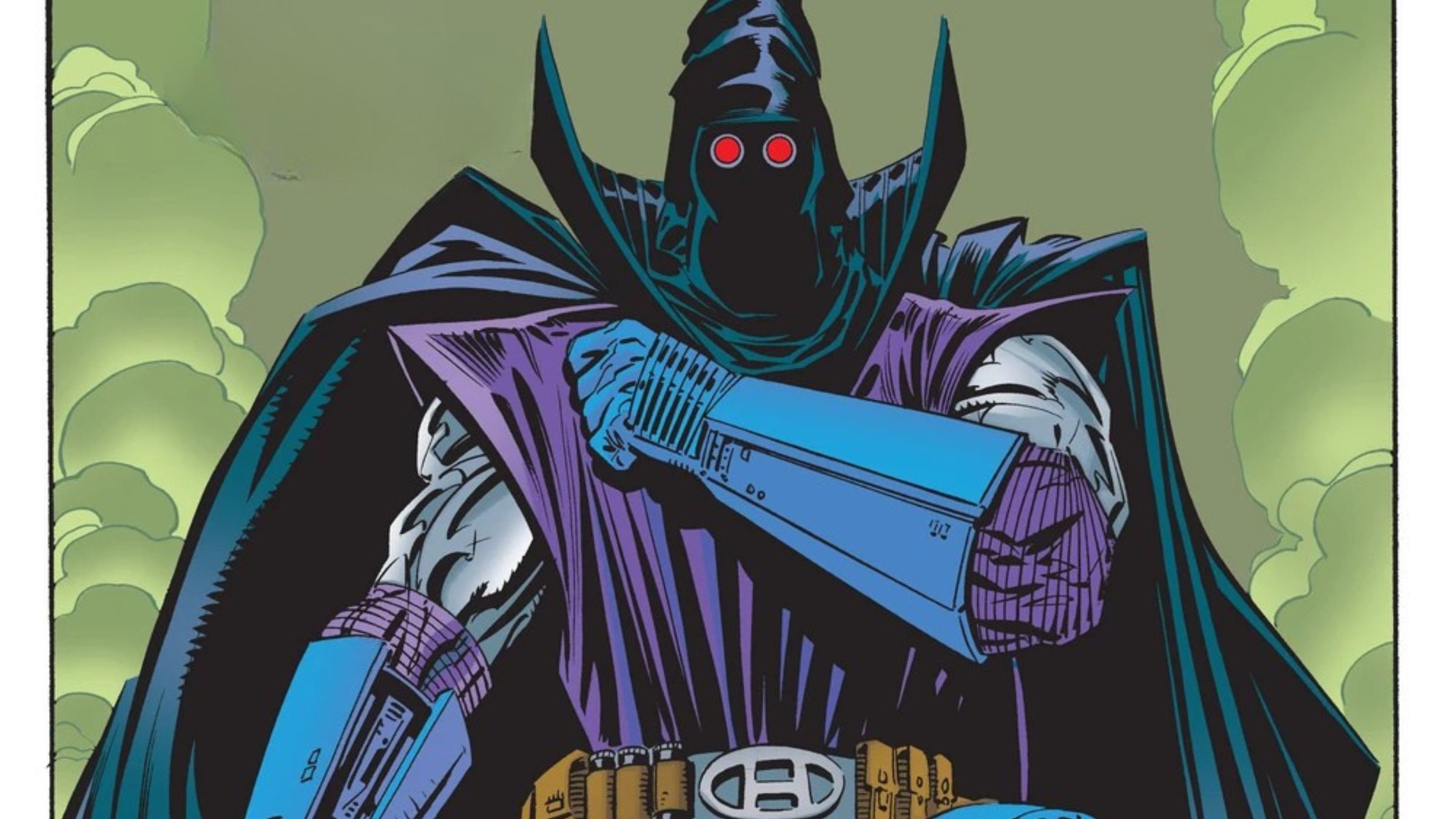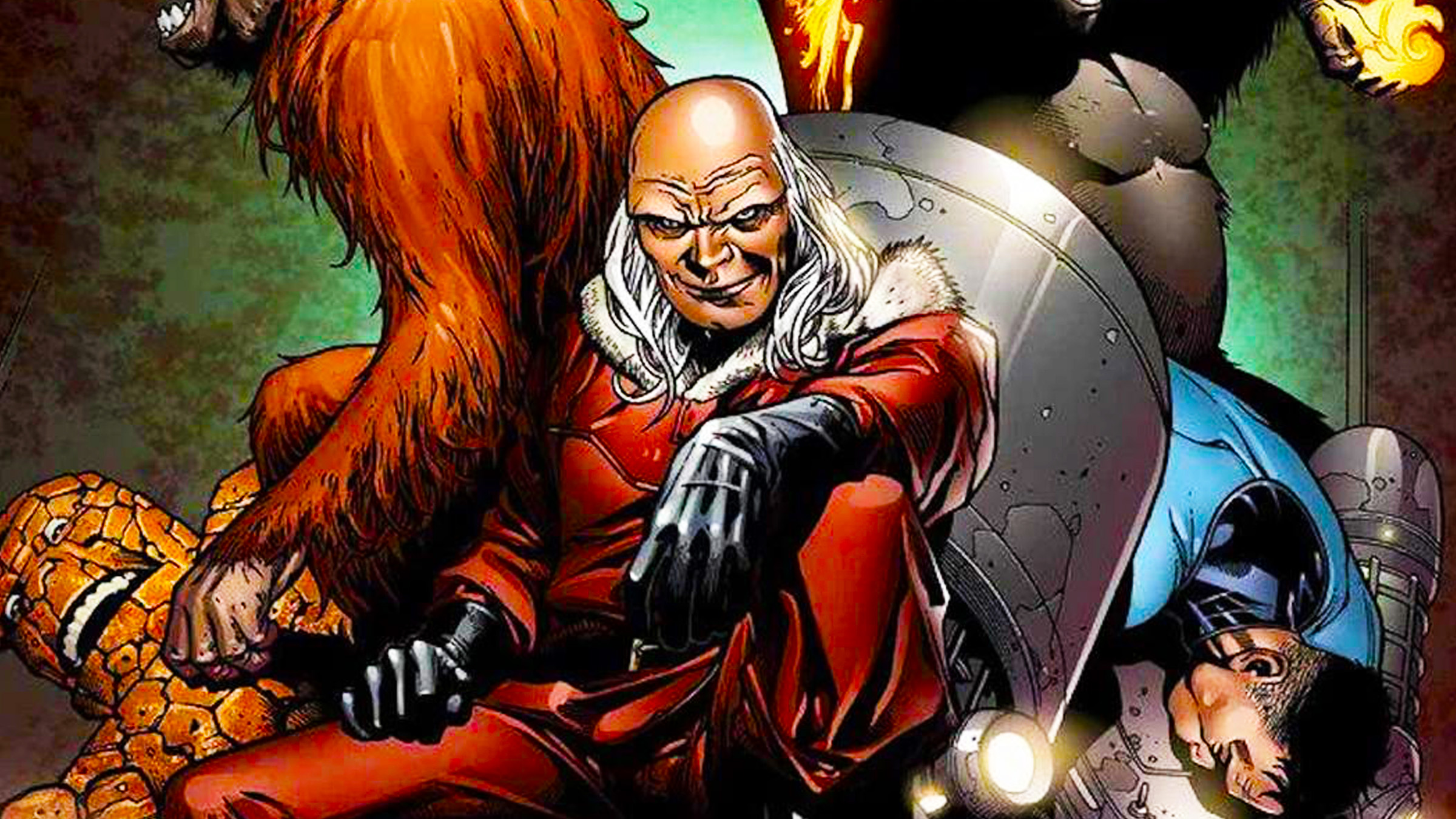
Marvel comics in the 1960s were groundbreaking, but also imperfect. They completely changed the industry by giving superheroes realistic flaws, using science fiction to explore social issues, and creating a connected universe – something very few comics did then. However, this creativity was sometimes mixed with a lack of experience and a limited understanding of different cultures.
Despite its strengths, the work clearly reflects the beliefs and anxieties of its time – the Cold War and outdated views on gender roles, which affected both the good and bad characters. It’s a key influence on how we create modern stories, but also a reminder of how clumsy early steps toward progress can be.
5. Rick Jones

Rick Jones would almost certainly win an award for being the most conveniently involved person in Marvel history. He first appeared in The Incredible Hulk #1 (1962) and was directly responsible for Bruce Banner’s transformation into the Hulk – he accidentally drove into a gamma bomb test zone! This impulsive teenage mistake launched one of Marvel’s most famous characters. Originally, Rick was meant to be a relatable character for young readers, and Marvel continued to use him for that purpose throughout the years.
Following his time as the Hulk’s companion, Rick Jones tried to become Captain America’s sidekick, similar to Bucky Barnes. He briefly worked with the Avengers and then teamed up with Captain Marvel, becoming a key link to the original Captain Marvel, Mar-Vell, through special bands. However, looking back, Rick’s story feels awkward. He desperately sought approval from superheroes, who often felt sorry for him or didn’t require his help. From a modern perspective, his energetic, optimistic personality seems artificial. He wasn’t a true hero, yet he consistently found himself at the center of major galactic events.
4. Hate-Monger

The villain Hate-Monger was the embodiment of hatred, visually represented as a figure in a purple Ku Klux Klan hood wielding a weapon called a “hate ray.” Surprisingly, his secret identity was revealed to be Adolf Hitler. Introduced in Fantastic Four #21 (1963), Hate-Monger was intended as a commentary on prejudice and how easily people can be manipulated, particularly during the Cold War. The concept had promise, aiming to show how leaders can exploit bigotry and fear. However, the story ended up being overly simplistic. Early Marvel comics often attempted to address serious issues, but writers like Stan Lee and Jack Kirby tended to handle these complex themes with the same lightheartedness as their typical monster stories. The result was a story that, while well-intentioned, feels awkward and cringeworthy today.
3. Egghead

Egghead, whose real name is Dr. Elihas Starr, first appeared in Tales to Astonish #38 in 1962 as a major enemy of Ant-Man. Originally intended as the classic “evil genius” villain, Egghead quickly became more of a joke. His large forehead – meant to symbolize his intelligence – and silly plans prevented him from ever being taken seriously as a threat, even in the relatively lighthearted early Ant-Man comics.
2. The Red Ghost and His Super-Apes

Okay, so I was reading about some classic Marvel villains, and I came across The Red Ghost – real name Ivan Kragoff. He first showed up back in Fantastic Four #13 in ’63. Basically, he was a Soviet scientist trying to one-up the US space race. Instead of building a team of human heroes like the Fantastic Four, he decided to expose apes to the same cosmic rays that gave them their powers! Yep, a gorilla, a baboon, and an orangutan. They became his ‘Super-Apes,’ and honestly, even for the ’60s, it’s a pretty wild concept. A little out there, even for comics!
The Cold War provided a lot of dramatic material for stories, but the character The Red Ghost treated it like a silly joke. He could turn invisible, though his power wasn’t very exciting compared to other heroes. What’s more memorable were his super-powered apes – a gorilla with incredible strength, an orangutan who could change shape, and a baboon with magnetic abilities. While the idea sounds somewhat imaginative, it ended up feeling ridiculous instead of threatening. Instead of being a serious opponent for the Fantastic Four, The Red Ghost and his apes just felt like a drawn-out gag.
1. The Yellow Claw

First appearing in Yellow Claw #1 in 1956 and later becoming part of Marvel’s official story, the Yellow Claw was created as a powerful and evil villain, similar to Fu Manchu. He was a gifted scientist and planner who posed a significant threat to the world, frequently opposing American agents like Jimmy Woo (who would eventually become a more popular character). However, the Yellow Claw wasn’t memorable for his intelligence or plans; he was defined by harmful and stereotypical depictions of Asian people, playing into the racist “Yellow Peril” idea.
The character’s over-the-top appearance, his name – which unfairly focused on his ethnicity instead of his personality – and his depiction as an evil genius trying to take over the world all reinforced damaging stereotypes about Asians common in Western media during the mid-1900s. While Marvel wasn’t the only one using these tired tropes, The Yellow Claw stands out as particularly problematic due to his complete lack of depth and reliance on simplistic, prejudiced portrayals.
Read More
- One of Razer’s top gaming headsets — now over 40% off on Amazon
- I’ve Been Rewatching The Twilight Movies (Again), And Bella Should Have Become A Vampire Way Sooner
- BTC PREDICTION. BTC cryptocurrency
- Every Original Avenger, Ranked By Their MCU Costumes (#2 Is Actually the Best)
- Gold Rate Forecast
- Resident Evil Requiem Won’t Receive New Details in Capcom’s TGS 2025 Special Program
- Kelly Osbourne Shared Last Video With Ozzy Osbourne Days Before Death
- Transformers Officially Kick Off New Era With Anticipated Robert Kirkman Collaboration
- Play Dirty Review: Action Thriller Sees Mark Wahlberg Back in His Element
- Is Downton Abbey Over? Julian Fellowes On Skipping The Second World War And One Way It Could Come Back
2025-11-12 23:13